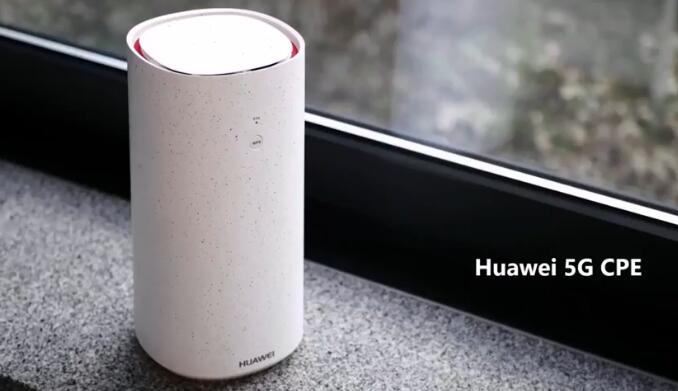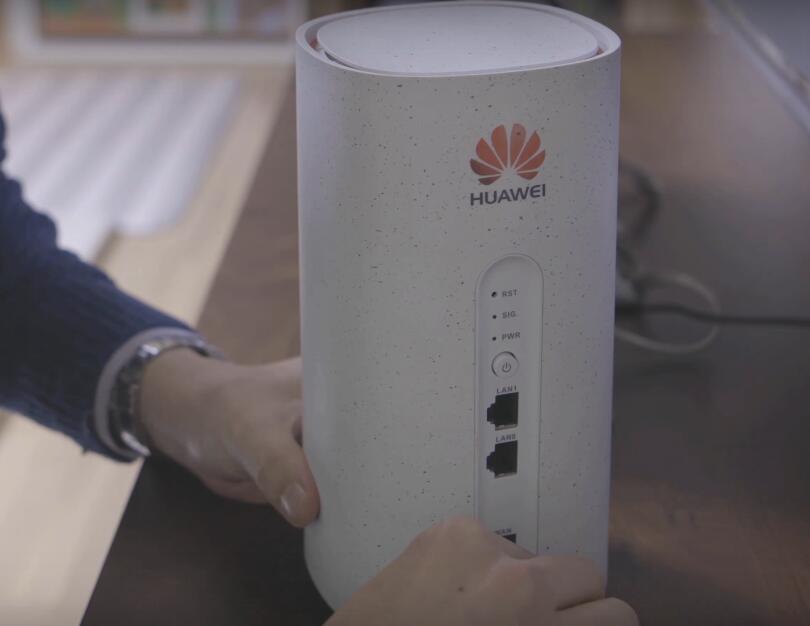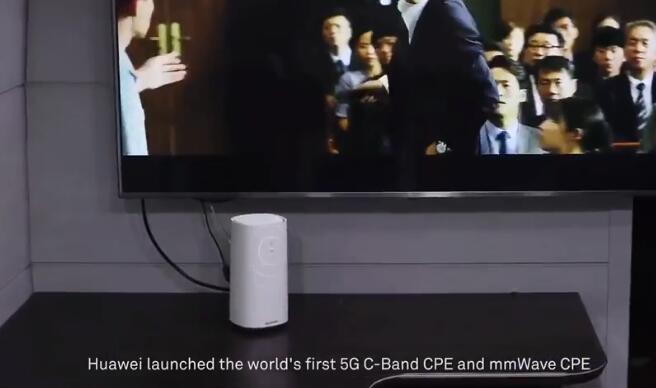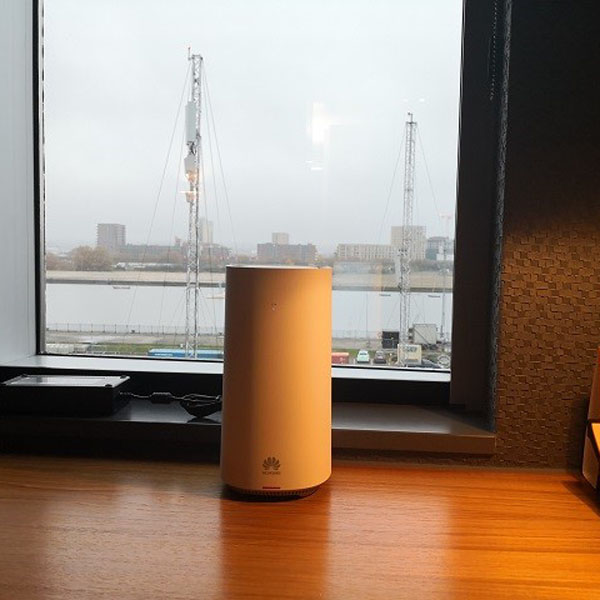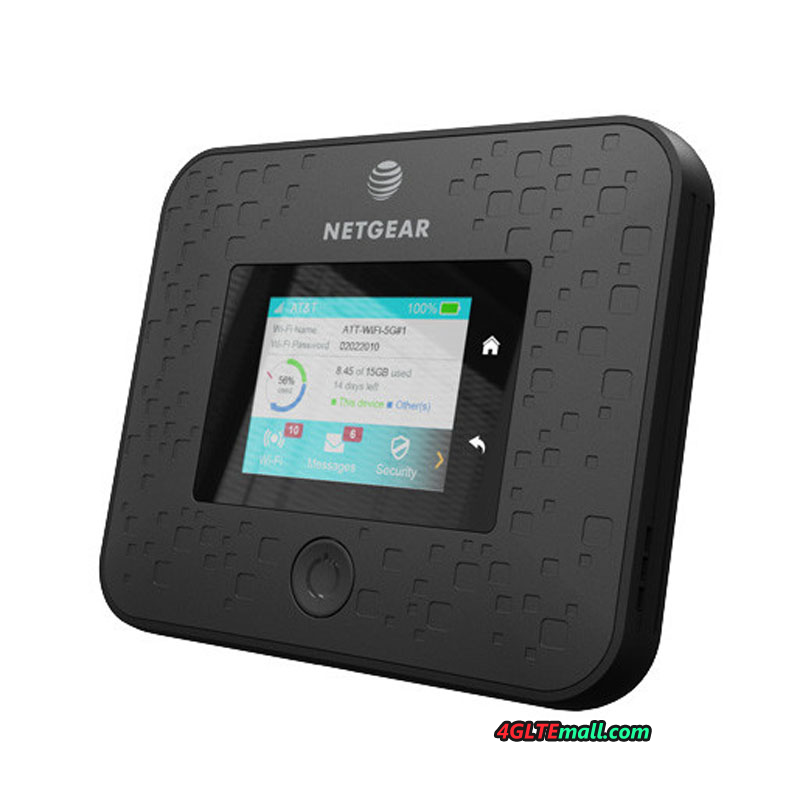At the Global Mobile Broadband Forum, Huawei announced the first modem routers ("CPE") for the new 5G cellular standard. The company has two devices in preparation, one for the C band (frequency range between 3.5 and 5 gigahertz) and one for the millimeter wave range between 26 and 28 gigahertz. Although the two 5G routers still have some drawbacks such as an enormous energy consumption to fight, yet it is likely to be the first commercially available 5G devices.
Huawei 5G router for C-band feature
Compared to a current LTE router like Huawei B618 , the Huawei 5G WiFi router for use in the C-band between 3.5 and about 5 GHz is quite large and heavy, but the first 5G devices are safe to handle. According to the manufacturer, the Huawei 5G router should be equipped with two RJ45 Gigabit LAN ports and WLAN 802.11ac (2.4 GHz and 5 GHz). The 5G C-Band Router is backward compatible with the 4G LTE standard and comes with a 2T4R antenna configuration, which means: data can be received on four antennas while sent via two antennas.
Huawei 5G router for mmWave feature
The Huawei 5G router for the millimeter-wave frequency range between 26 and 28 gigahertz is visually hardly distinguishable from the sister model for the C-band. But there is one important difference: millimeter waves can hardly or never enter buildings, so a line of sight to the 5G transmitter is required. This is done by an outdoor unit (ODU) integrated with the entire modem technology. The indoor unit (IDU) features all the connections and the WLAN technology. The indoor and outdoor units are connected via LAN cable, the power supply of the outdoor unit is realized via Power over Ethernet (PoE).
High energy consumption from the Huawei 5G router
As can be seen on the data sheets shown above, both Huawei 5G devices have an enormous power consumption, at least under load. The C-band model consumes up to 120 watts, while the mmWave model even up to 146 watts. So when the 5G router working, the power consumption is more like a gaming notebook rather than a router. For comparison: common LTE routers such as the Huawei B715 LTE router consume up to 12 watts during heavy load, ie one-tenth of them.
However, Huawei emphasizes that only the first generation of the 5G modem will have such high energy consumption. It is also likely that commercially available 5G routers will have a newer chipset and thus lower power consumption.










